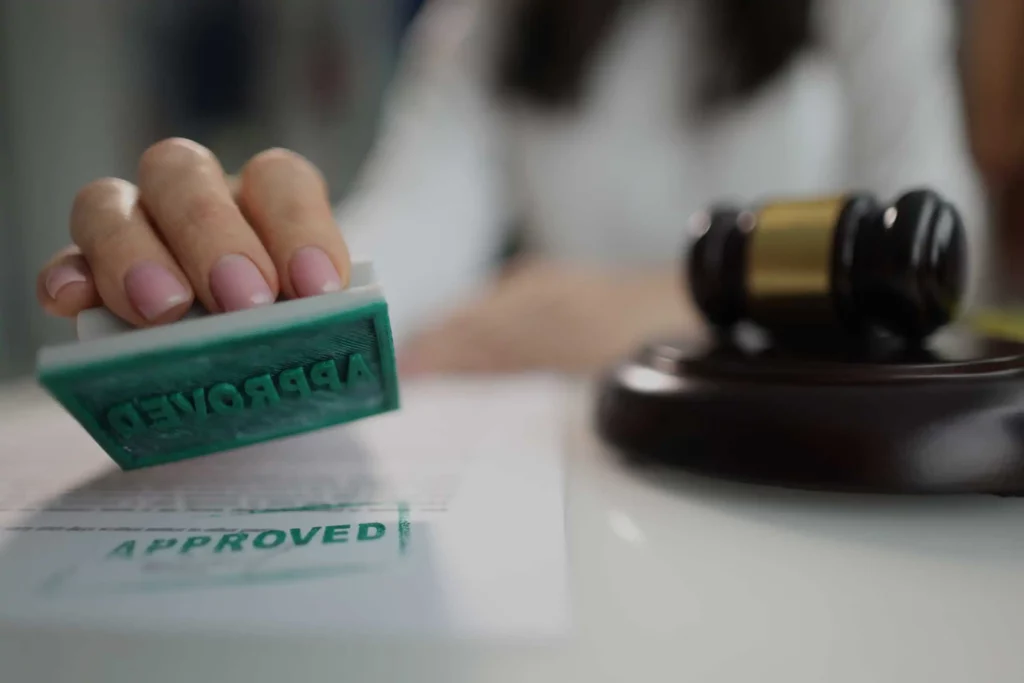Trademark vs. Patent

You are a business owner, and you have this great idea for an invention and you’re discussing it with your business associates and trustworthy friends. Some suggest you patent your idea and others suggest you trademark it.
You may be wondering what the difference is. Today, we will look at these two very different yet important business paths, their differences, and the pros and cons of each.
Let’s review the difference between these two forms of protection of your intellectual property before we go into the pros and cons of a patent.
- What is a trademark? What is a patent?
A trademark protects words, symbols, logos, or sounds you use to identify your company or brand. A patent will protect you from other entities making or selling your invention.
- Which is the best option for you?
Do you want to protect your brand? If so, then a trademark is the best option for you. However, if the invention is crucial for the use of your brand’s products, a patent can protect both your invention as well as your business. - Patents are expensive. Why?
First, you will need a patent attorney who will fully understand your invention. Prepare to spend between $8,000 and $10,000 for an application and you should accept the fact it could go as high as between $15,000 and $20,000 to complete the process depending on the type of patent such as for a mechanical patent, a utility patent, or a design patent.
Why so expensive? To begin, you must file a patent application with the United States Patent and Trademark Office (USPTO). This is a complicated process and requires an attorney to process. You must fully reveal the intricate details of your invention, include images or drawings, and describe it in such a way that others may build or put into place your invention without having to do a lot of experimentation. Your application must also include “claims” defining the capacity of your invention.
A search via a patentability search for similar inventions, what others have done, and how your invention improves on previous inventions in the same area of expertise will be conducted by your attorney. - When should one apply for a patent?
US patent law states that a patent application must be filed within one year of your first public use or disclosure or within a year of the first offer to sell it. - What is a provisional patent?
This type of patent is not a real patent. It is a quick and easy way to protect your invention for one year. This allows you to perfect your concept before applying for a full patent. - What are the advantages of a patent?
- Exclusive Rights
You alone created your idea; therefore, you have exclusive rights to it, no one else. This is difficult to compel. A person can copy your invention in the privacy of their home, but as soon their version becomes public, they have violated, or infringed upon your original right of exclusivity. - Use of Your Invention
This is clear; it considers any conceivable use. For example: you have invented a device and want to have your idea for this device patented. This is a physical invention, therefore, any use of it or any part of it by another is a claimable infringement. This often happens overseas, but US Courts have held foreign companies responsible in such cases. - The Sale of Your Invention
This too is clear. Only you have the right to sell your invention. If it is sold in the US, you have a valid claim of infringement.
Because the internet is so powerful, if a US resident can purchase your invention overseas, this too is a valid claim of infringement. - The Importing of Your Invention
One advantage of a patent is that it gives the International Trade Commission (ITC) the right to stop the shipment of your invention from a foreign country from entering the US. The owner of the patent can then file an ITC Infringement claim. However, you cannot seek monetary compensation. - Sparks Innovation
When you share your invention, which is probably your life’s work, you can improve the way we do things and help create revolutionary technology. How, you must be wondering. Well, all patent applications are available and open to the public for review. Your invention can spark inspiration in others to push barriers and find ways to create something new. - Easily Commercialized
Obtaining an actual patent from the USPTO is an asset, just like your home or investment accounts. You can leave it to your descendants. This will serve as a building block for generational wealth.
- Exclusive Rights
- What are the disadvantages of a patent?
- Difficult to Acquire
As indicated above, procuring a patent is challenging, time-intensive, and costly. It can often take fifteen months to hear from the USPTO with questions and/or confirmation of your applications to almost two years to complete this process and either have your patent granted or not (abandoned). - Handling Infringers
Infringement is a major fear for an inventor. Unfortunately, people steal. There are no two ways about it, but you can impose your patent rights against an infringer in the Federal Court, the ITC, or the Patent Trial and Appeal Board (PTAB).
Fun Fact: The most valuable patents that are issued are the ones most likely to be infringed! - Limited Time
Unfortunately, patents expire. The US government will reward your efforts, but only for a limited period. Design patents get fifteen years of protection, and utility patents get twenty years of protection. In addition, you are responsible for maintenance fees for the life of your patent.
- Difficult to Acquire
The process for obtaining a patent on an invention is long and convoluted, but if you keep in mind that you have created something that can make the world better, then go for it and protect your intellectual property!










